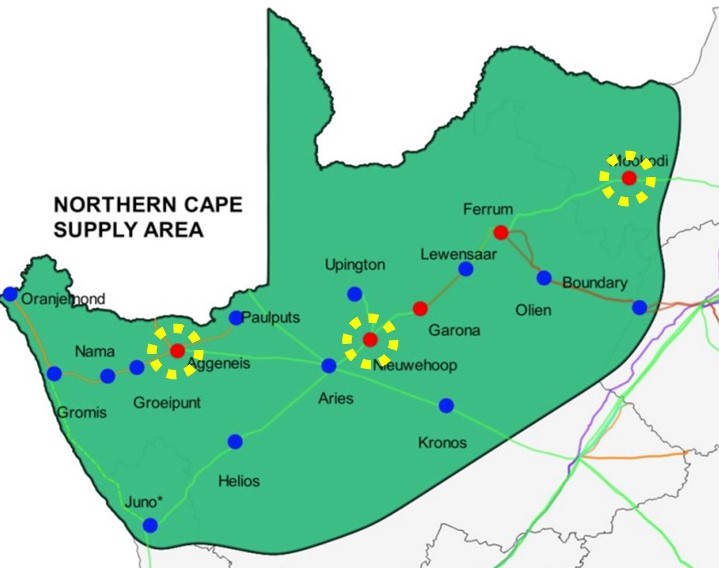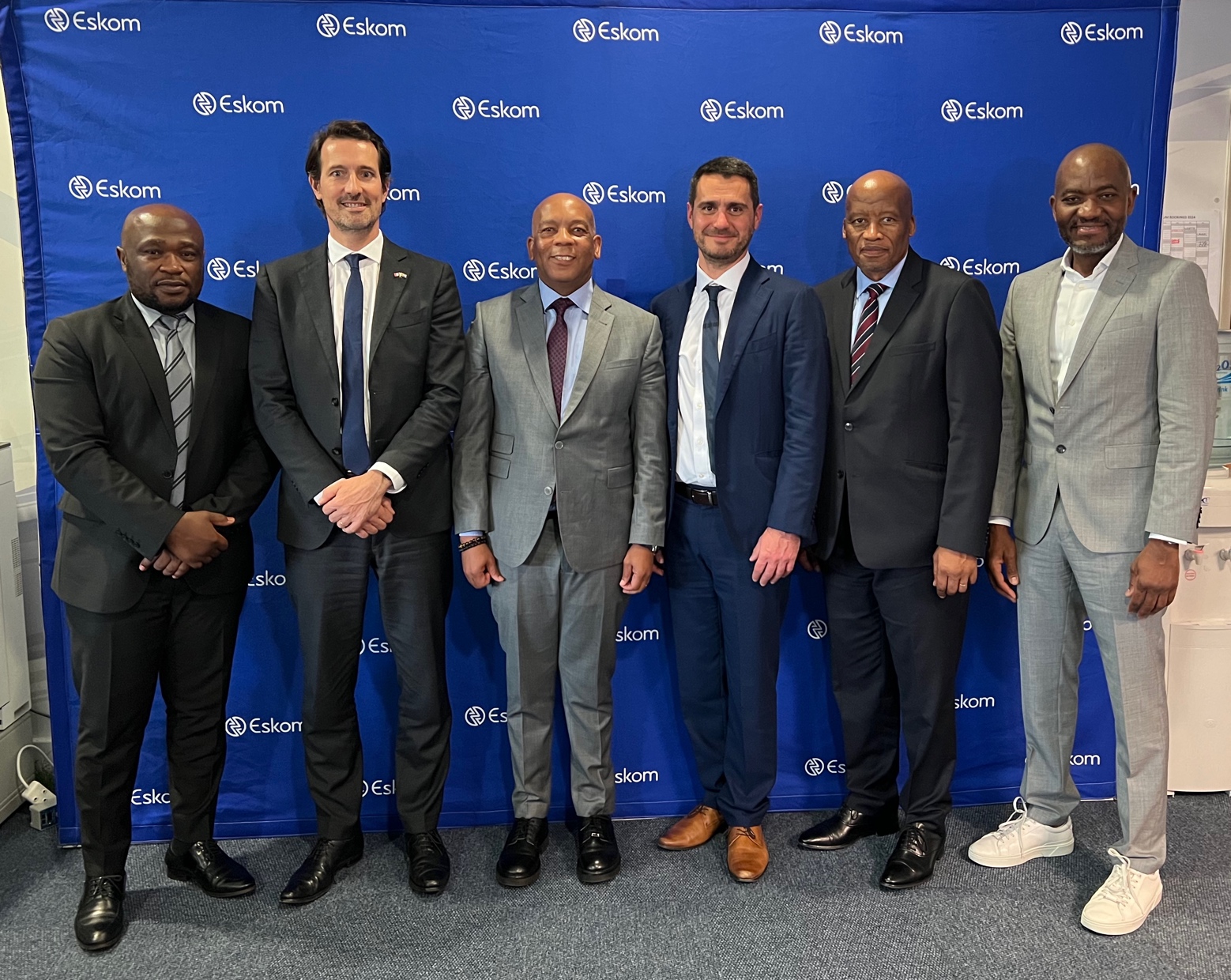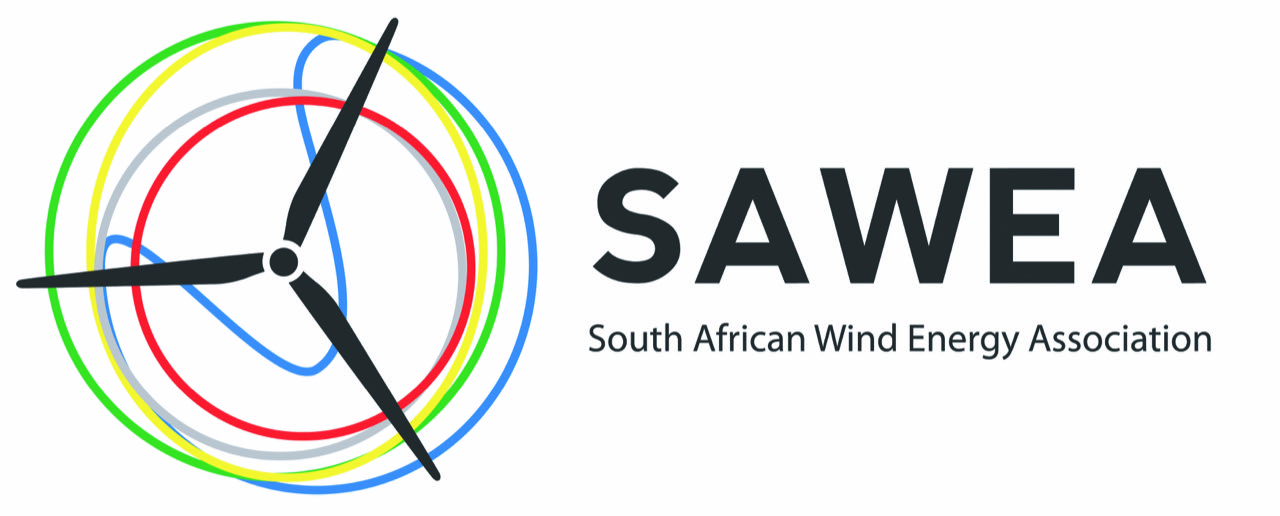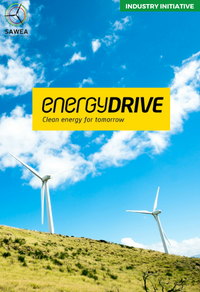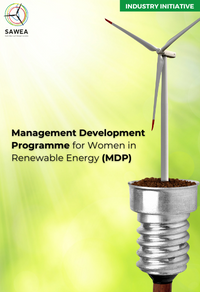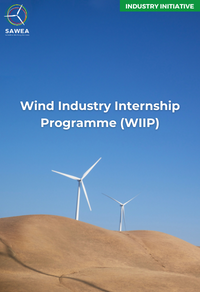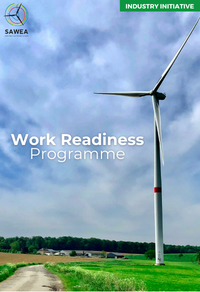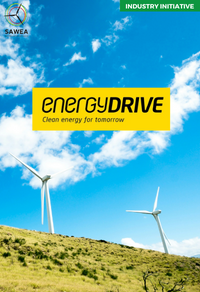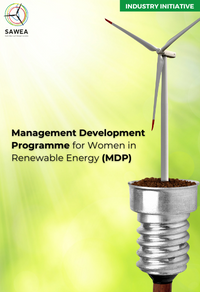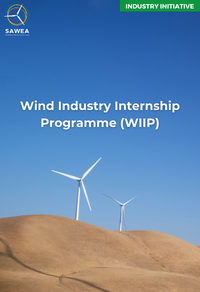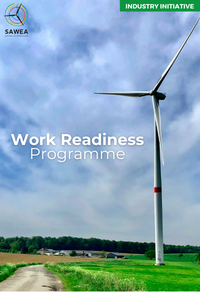OASIS 1: Mookodi BESS Project reaches Commercial Close
In less than a year after being awarded under the DMRE’s Energy Storage Independent Power Producers Procurement Programme (ESIPPPP), the Oasis 1: Mookodi battery energy storage systems (BESS) project reached commercial close on 16 October 2024, with the signing of project documents in Cape Town, in the presence of the Minister of Electricity and Energy Dr Ramokgopa, the NTCSA, the DMRE, the Project Sponsors, including EDF, Pele, Gibb-Crede, Mulilo and the project lenders. The Financial Close is scheduled to follow in November 2024. The project is expected to be constructed within 24 months.
The South African Department of Mineral Resources and Energy (DMRE) awarded preferred bidder status to five projects of Round 1 of the Energy Storage Independent Power Producer Programme (ESIPPP1) in November of 2023. The Oasis consortium, which was awarded three of the five projects, is led by EDF in collaboration with local entity EDF Renewables (EDFR), and includes co-sponsor Mulilo, and equity partners Pele Energy Group and Gibb-Crede. Each project includes a 5% ownership interest for local communities through a Community Trust.
The Oasis 1 portfolio comprises three separate projects: Oasis Mookodi (77 MW capacity with 308 MWh storage), Oasis Aggeneis (77 MW capacity with 308 MWh storage), and Oasis Nieuwehoop (103 MW capacity with 412 MWh storage), totalling 257 MW of capacity and 1028 MWh of storage. All projects are all located in the Northern Cape Supply Area.
The Oasis 1 BESS projects form part of the first of three procurement rounds for the Battery Energy Storage Independent Power Producer Programme in South Africa
The batteries will be dispatched through the national grid and provide three applications:
1. Grid constraint relief:
• Helping to relieve grid constraints, and increase the uptake of renewable energy, by absorbing power that cannot be evacuated and releasing it during peak times.
2. Energy Arbitrage:
• Helping to shift cheap energy produced during low-demand periods to peak hours, avoiding/minimizing the use of diesel generators.
3. Ancillary services:
• Helping to stabilize the grid for short periods of time (seconds – minutes, sometimes hours) by providing/absorbing power.
